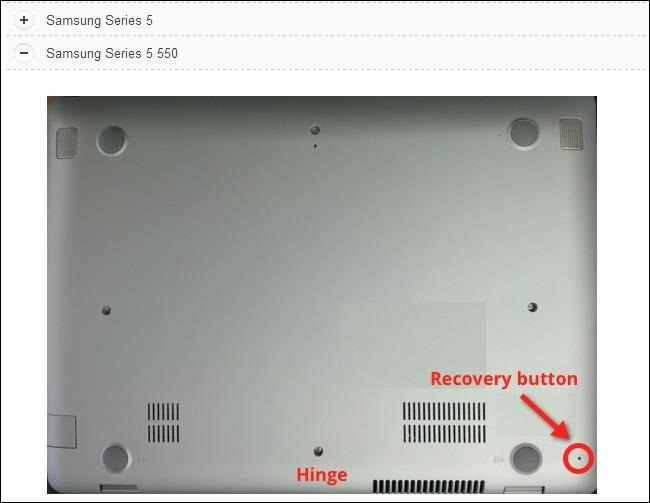

- REINSTALL CHROME OS INSTALL
- REINSTALL CHROME OS ISO
- REINSTALL CHROME OS DOWNLOAD
- REINSTALL CHROME OS MAC
You can also use the CRU to make a bootable USB from a.
REINSTALL CHROME OS INSTALL
Install the Chromebook Recovery Utility.So if you find yourself needing to create a USB drive for installing ESXi on a computer in your home lab (more on that soon!) here’s what you’ll need to do: If youd like to reinstall Chrome OS and you dont see the Chrome OS is missing or damaged message on your screen, you can force your Chromebook to boot. Normally that tool is used to creating bootable media to reinstall Chrome OS on a broken Chromebook (hence the name) but it also has the capability to write other arbitrary images as well. Fortunately there’s an easily-available tool which will do the trick: Google’s own Chromebook Recovery Utility app.
REINSTALL CHROME OS ISO
There are a number of fantastic Windows applications for creating bootable USB drives from ISO images - but those don’t work on a Chromebook. You can find the app, titled Chromebook Recovery Utility, in the Chrome Web Store (download link below).Burn an ISO to USB with the Chromebook Recovery Utility That's why you need a version of Chrome running somewhere other than the laptop you want to restore.
REINSTALL CHROME OS DOWNLOAD
Wait, what app? Well, unlike installing a clean copy of Windows or macOS, you need to download an official Google app to make the recovery media. Note: You cannot make recovery media from the Chromebook you want to reinstall Chrome OS on.

REINSTALL CHROME OS MAC

Nothing else will work.īefore diving into the step-by-step instructions, let's take a moment to list exactly what you will need: Having converted a Chromebook from running Chrome OS to running Cloud Ready. Click on the Recovery icon as shown below. Launch: The Chromebook Recovery Utility will now be installed and will show up on the app drawer. Confirm & Install: On the Add 'Chrome Recovery Utility' prompt: Click Add app. If you see an onscreen message saying "Chrome OS is missing or damaged," you'll definitely need to reinstall the OS. Click Add to Chrome in the top right-hand corner. You need to do a clean install of the Chrome operating system. If you're still encountering problems, you've run out of options. To Powerwash your Chromebook, click on your profile picture in the lower right-hand corner and navigate to Settings > Advanced > Reset > Powerwash. It's similar to the new Reset and Refresh functionality in Windows 10.

It'll delete locally stored user data and restore the Chromebook back to its factory state, but it won't reinstall the operating system. The Powerwash is akin to hitting a factory reset button. Keep reading to find out how.īefore taking the drastic step of reinstalling the entire operating system, why not first see if the Powerwash feature can remedy the problem? In any of these cases, you might need to completely reinstall the operating system. In order to reinstall ChromeOS (the Chrome Operating System) on your chromebook, you will need a USB flash drive. Perhaps you tried installing Linux and something went awry, maybe you went poking around in the Developer Mode and made an irreversible change, or perhaps you got unlucky and downloaded a Canary Build that crashed the system. My files section to your Google Drive: 3. More often than not, the cause can be traced back to the user. That said, things do still occasionally go wrong. You won't have to deal with the dreaded "blue screen of death," crashes, viruses, boot failures, or any of the other things that regularly go wrong on Windows, Mac, and the common Linux distros. As operating systems go, Chrome OS is arguably the most reliable of them all.


 0 kommentar(er)
0 kommentar(er)
